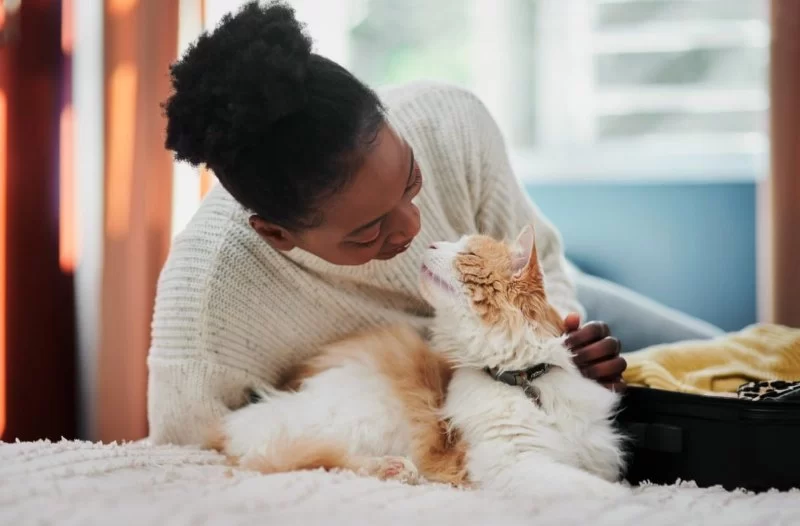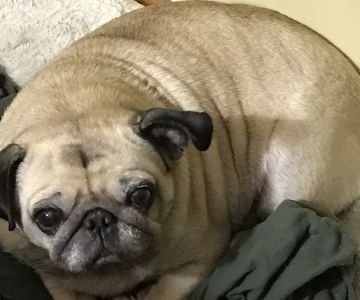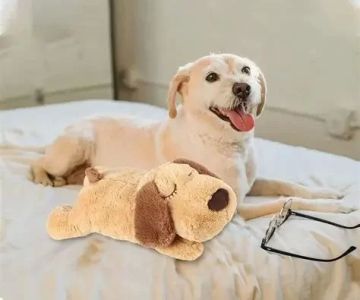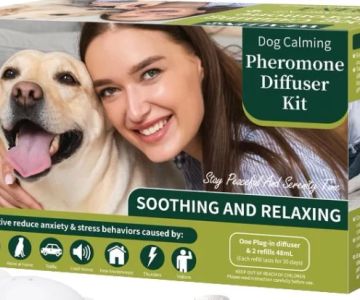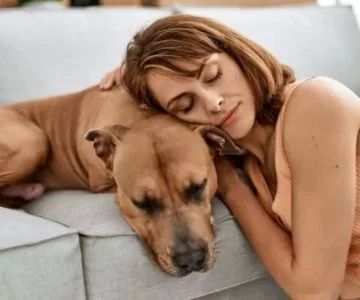Understanding Pet Anxiety When Left Alone
Many pet owners experience the heartbreak of leaving their dogs or cats at home, only to return to signs of stress—chewed furniture, scratched doors, or heartbreaking whines caught on a pet camera. Pet anxiety when you can’t be home is more common than many realize. It can be triggered by loneliness, sudden changes in routine, or even underlying health issues. Recognizing the signs is the first step toward finding a solution that helps both the pet and the owner feel more at ease.
Recognizing the Signs of Anxiety
1. Physical signs
Shaking, pacing, drooling, or panting can all signal that your pet is anxious. These symptoms may appear shortly after you leave and often resolve once you return.
2. Behavioral changes
Destructive chewing, excessive barking, or litter box avoidance in cats are common reactions to being left alone. Some pets even attempt to escape through doors or windows in their distress.
3. Emotional impact
Over time, untreated anxiety can reduce a pet’s quality of life, leading to chronic stress or even depression-like behaviors such as withdrawal and lack of appetite.
Practical Strategies to Ease Pet Anxiety
1. Gradual training for independence
Teach your pet that being alone is safe by leaving for short periods and gradually increasing the duration. Pair your departures with positive cues, like a favorite toy or treat, to create a positive association.
2. Creating a safe environment
Designate a quiet, secure space for your pet with familiar bedding, toys, and perhaps a piece of your clothing. Many pets find comfort in scents that remind them of their owners.
3. Mental stimulation
Puzzle feeders, interactive toys, and safe chew options keep pets occupied and redirect anxious energy. A mentally stimulated pet is less likely to feel distressed when left alone.
Real-Life Case Example
A Labrador named Max would howl for hours whenever his family left the house. After consulting a veterinarian, they introduced a mix of crate training, puzzle toys, and calming pheromone diffusers. Over several weeks, Max’s anxiety improved dramatically. His owners also scheduled short “practice departures” to help him adapt. This story highlights how consistency and tailored solutions can transform a pet’s well-being.
Advanced Options for Severe Cases
1. Professional training
Some pets benefit from structured behavior therapy guided by a certified trainer. This approach can help pets unlearn panic responses and replace them with healthier coping strategies.
2. Veterinary support
In severe cases, veterinarians may recommend supplements or prescription medication. These are never first-line solutions, but they can provide essential relief when combined with training and environmental changes.
3. Pet sitters and daycare
For pets with intense separation anxiety, arranging visits from a trusted pet sitter or enrolling them in daycare can prevent distress. Social interaction helps them feel less isolated.
Expert Tips for Cat Owners
Cats may seem independent, but many struggle with being left alone. Provide vertical spaces like cat trees, window perches, and scratching posts to enrich their environment. Soft music or nature sounds can also reduce stress levels. Unlike dogs, cats often benefit from multiple small food portions throughout the day, which can be timed with an automatic feeder to mimic your presence.
Building Long-Term Trust and Comfort
Consistency is key when treating pet anxiety when you can’t be home. Pets thrive on routine, so feeding, walks, and playtime should occur around the same time daily. Owners who invest time in training, provide enrichment, and seek professional advice when needed often see remarkable improvements. A calmer pet not only enjoys better health but also strengthens the human-animal bond.
Trusted Guidance from Hidden Brook Veterinary
If your pet shows ongoing anxiety despite home adjustments, professional advice is essential. Hidden Brook Veterinary offers compassionate, expert guidance tailored to your pet’s needs. From personalized training recommendations to advanced veterinary treatments, the team helps ensure your pet feels safe, secure, and loved—even when you can’t be home. Addressing anxiety early protects your pet’s happiness and your peace of mind.

